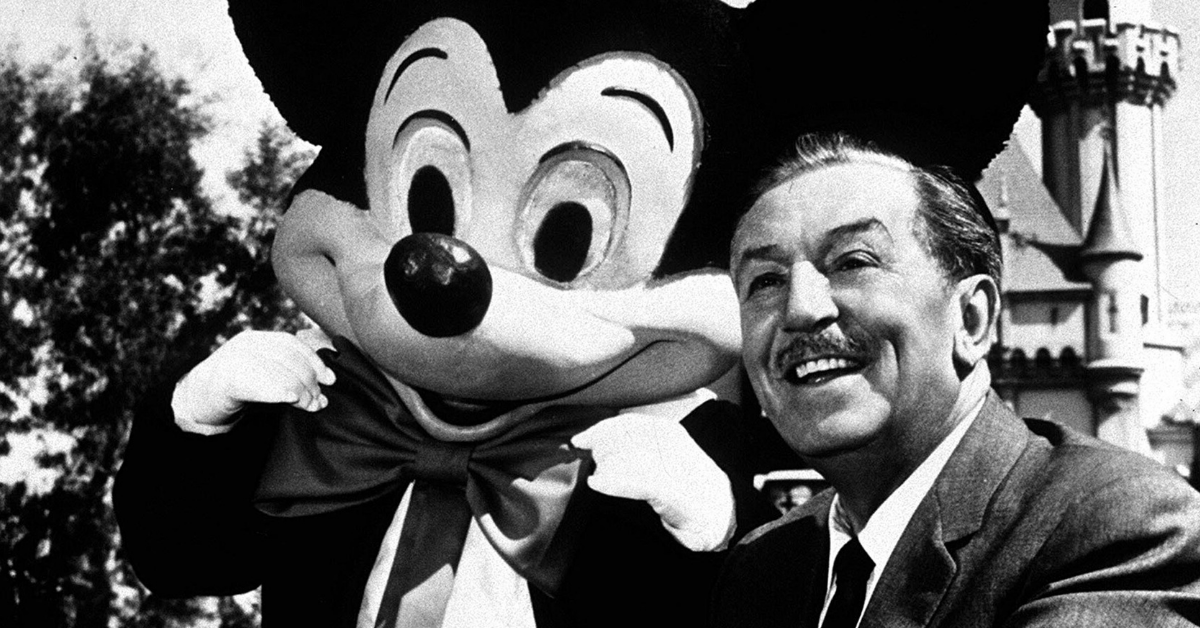Not many people could claim to have built a more impressive legacy than Walt Disney. Not only is his name famous all around the world, but it signifies a vast entertainment empire, one spanning countless intellectual properties, theme parks, cruise ships and much, much more.
With everything that the vast Walt Disney Company now owns and does, it can be difficult to remember that it all started with just a single person – one who just wanted to sell his cartoons to a studio.
Today we’re honouring the man who started it all, by giving you 20 facts you might not have known about Walter Elias Disney.
20. He was so obsessed with trains he had a steam-powered model built in his backyard

Everyone needs a hobby, even the head of the biggest animation studio in the world, and Walt Disney’s main hobby was trains.
[rtk_adunit_top]
The story goes that Disney’s love of trains began when he was a child, when he would press his head to the ground next to the train tracks that ran by his house.
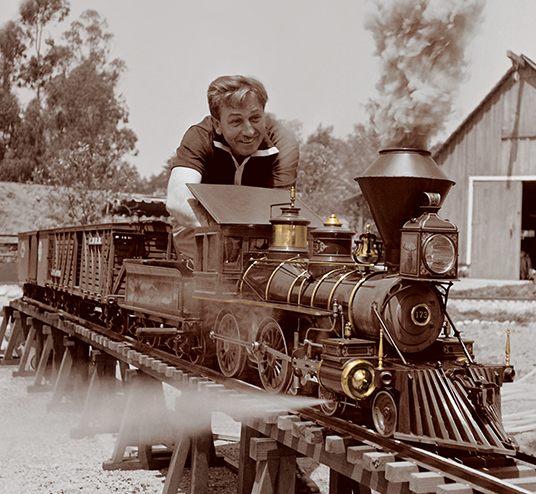
Disney’s obsession with trains went so far that he once visited a model train fair with a co-worker.
[rtk_adunit_middle]
Despite all the many incredible things Disney did in his lifetime, Walt called this visit to the train fair “the best weekend of his life.”
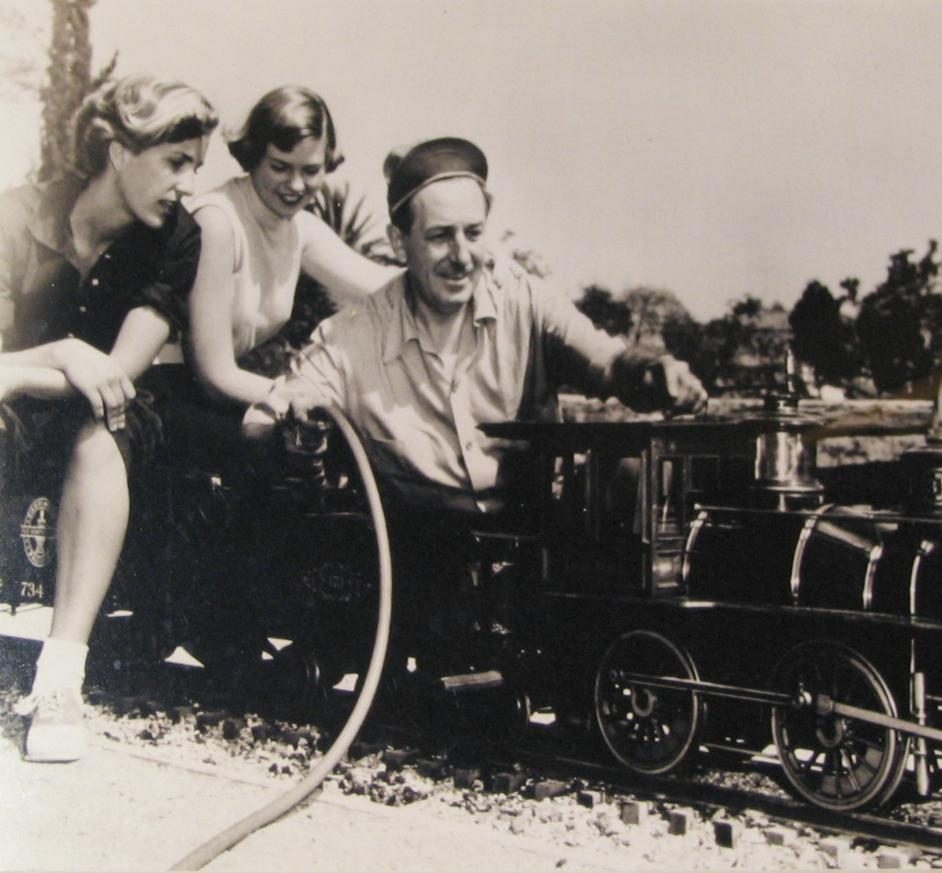
Disney even built a steam-powered model train – named The Lilly Belle, after his wife – in his backyard, which inspired the railroad in Disneyland.
[rtk_adunit_bottom]
The Disney empire would truly be nowhere without trains, as Disney first came up with Mickey Mouse during a train ride home from New York.
19. He threw insane parties for his animators
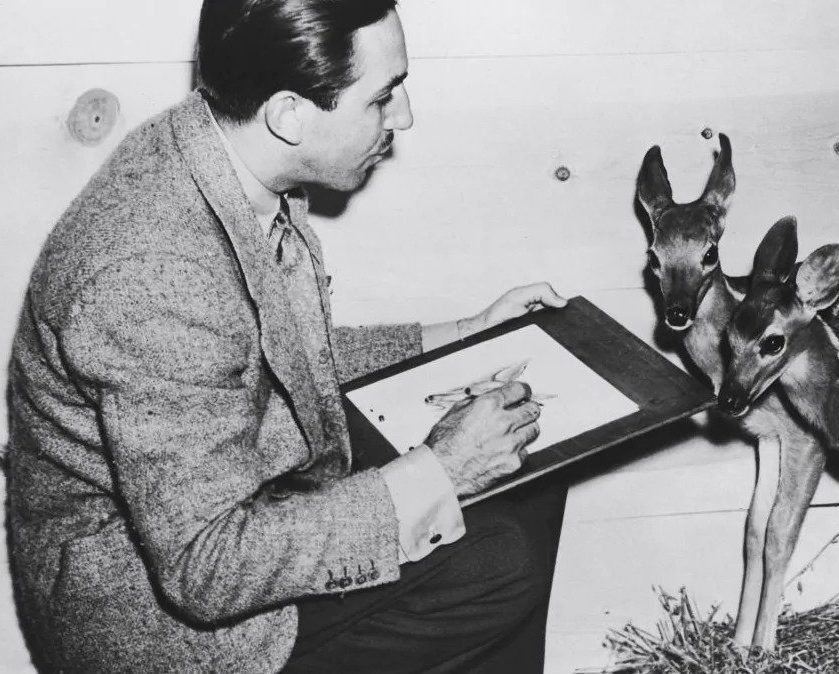
Working at Walt Disney’s animation studio in Burbank in the early days was considered a huge honour.
[rtk_adunit_top]
It was also a lot of hard work, however – and by the end of the year, many animators found themselves needing to let off steam.
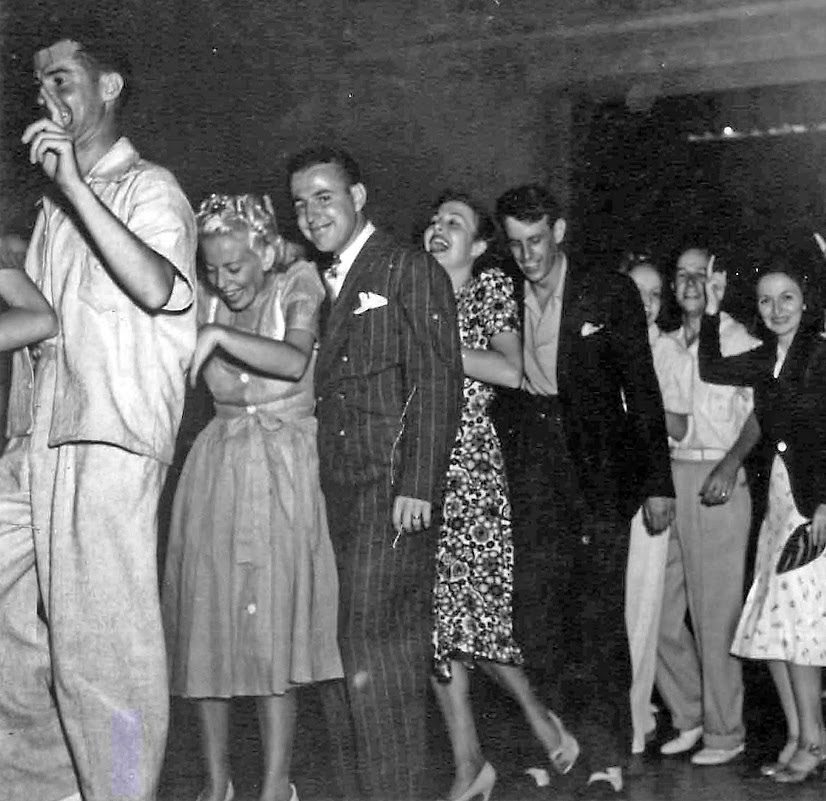
That’s where Walt Disney’s Christmas parties came in. One year, Disney booked out an entire hotel and resort to reward his animators.
[rtk_adunit_middle]
The party allegedly went on for days, with the animation team getting up to all kinds of mischief.

Staff members were found jumping in the pool fully clothed, getting so intoxicated that they fell from the balconies and even riding horses into the lobby.
[rtk_adunit_bottom]
One version of the story, as told on the Disney History Institute website, even claims that one animator rode a horse into the pool.
18. His last words were “Kurt Russell”

If Walt Disney had a reputation for anything amongst his staff, it was for being a workaholic.
[rtk_adunit_top]
Walt was so dedicated to his projects that he once returned to work just two days after getting out of the hospital following a major operation.
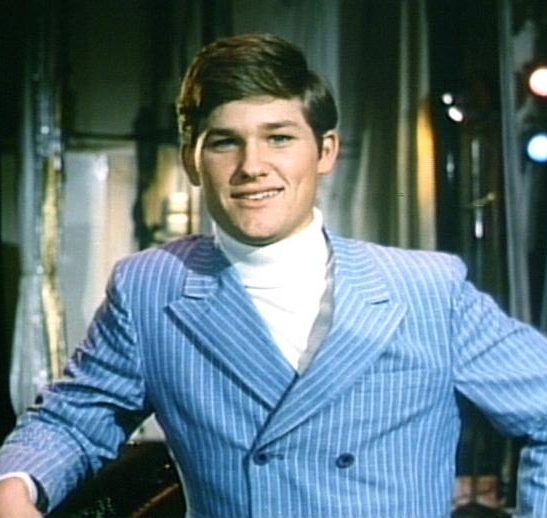
Tragically, this tendency continued right up until his death, with Disney still trying to communicate goals and ideas for new projects on his deathbed.
[rtk_adunit_middle]
This led to him writing ‘Kurt Russell’, the name of a child star who had just signed a contract with Disney, on a scrap of paper just before he died.
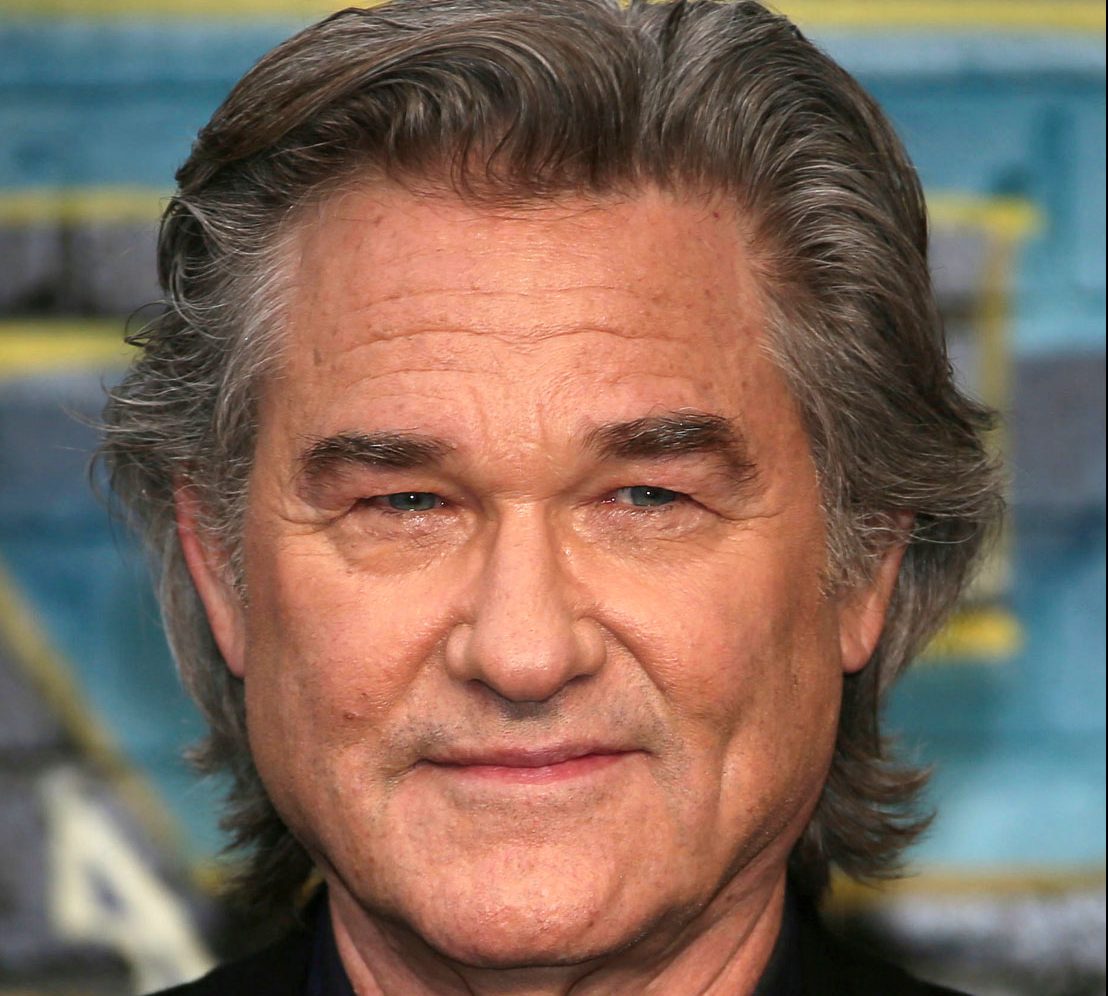
Russell has said that to this day he doesn’t know what Walt Disney could have meant for him to do.
[rtk_adunit_bottom]
“I assume, as [does] everybody else, that he was talking about some movie that he was thinking about having me in…I don’t know what to make of it other than that,” Russell said in a 2013 interview.
17. Mickey Mouse was not his first famous character
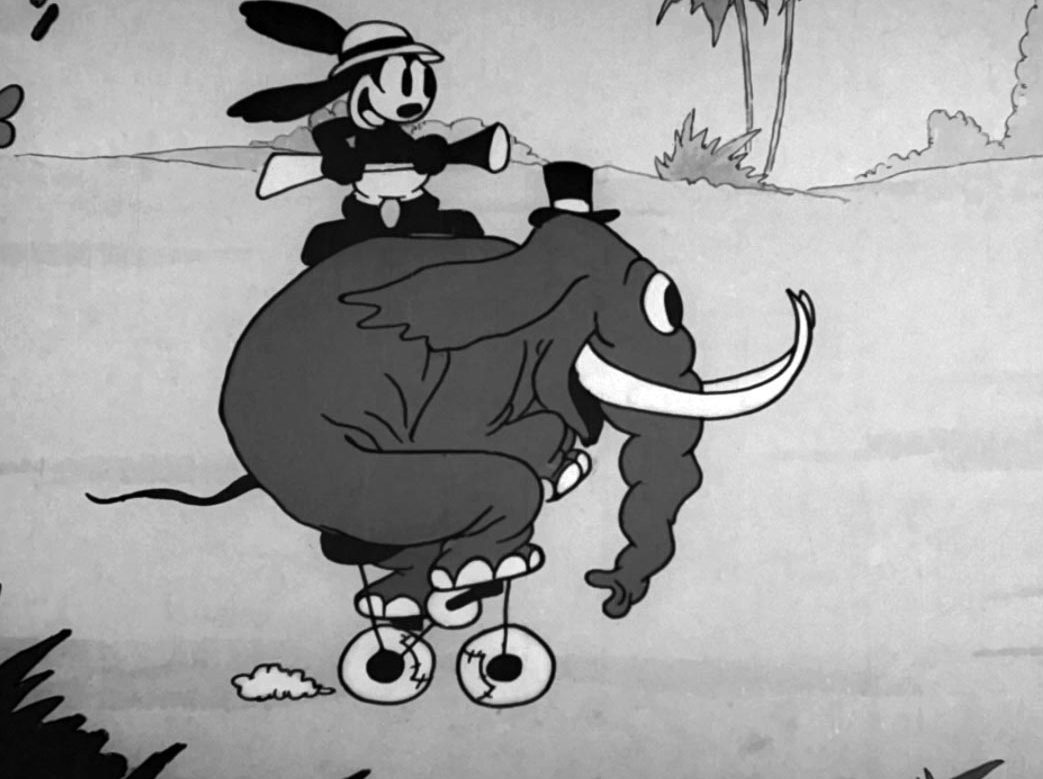
When most people think of the Walt Disney Company, they think of good old Mickey Mouse.
[rtk_adunit_top]
Mickey is the star of many Disney features, has his face emblazoned on countless pieces of merchandise and is even available to meet at the Disney theme parks.

Given the ubiquity of the mouse, it may surprise you that Mickey was not Walt Disney’s first beloved character.
[rtk_adunit_middle]
That honour goes to Oswald the Lucky Rabbit, who was designed by Walt Disney but owned by Universal for several decades.

Disney first created Oswald way back in 1927 – while Mickey Mouse was created the following year in 1928.
[rtk_adunit_bottom]
Disney bought back the rights to Oswald the Rabbit in 2006, and now he can also be found in the parks.
16. He was terrified of – and accused many of his staff of being – communists
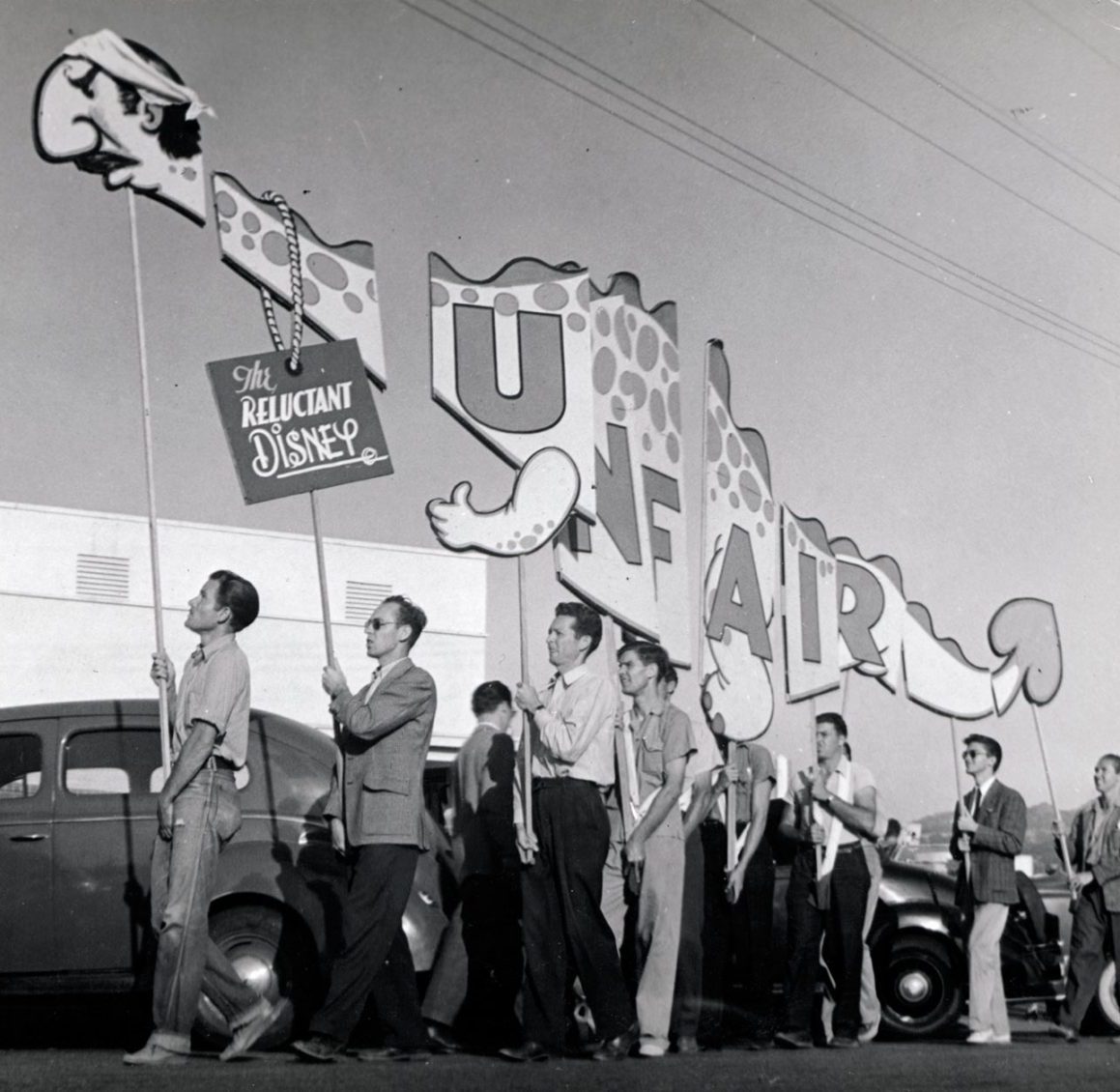
Though Walt Disney is now mostly viewed as a sweet and paternal figure, many of his employees also saw him as uncompromising and offended by disloyalty.
[rtk_adunit_top]
His strong values resulted in a serious hatred and fear of communists during the Red Scare, and Disney did not hesitate to do his part in keeping his studio free of them.
Walt Disney single-handedly created the anti-communist Motion Picture Alliance for the Preservation of American Ideals.
[rtk_adunit_middle]
He also gave many testimonies in front of the House of Un-American Activities Committee accusing former Disney staff of being communists.
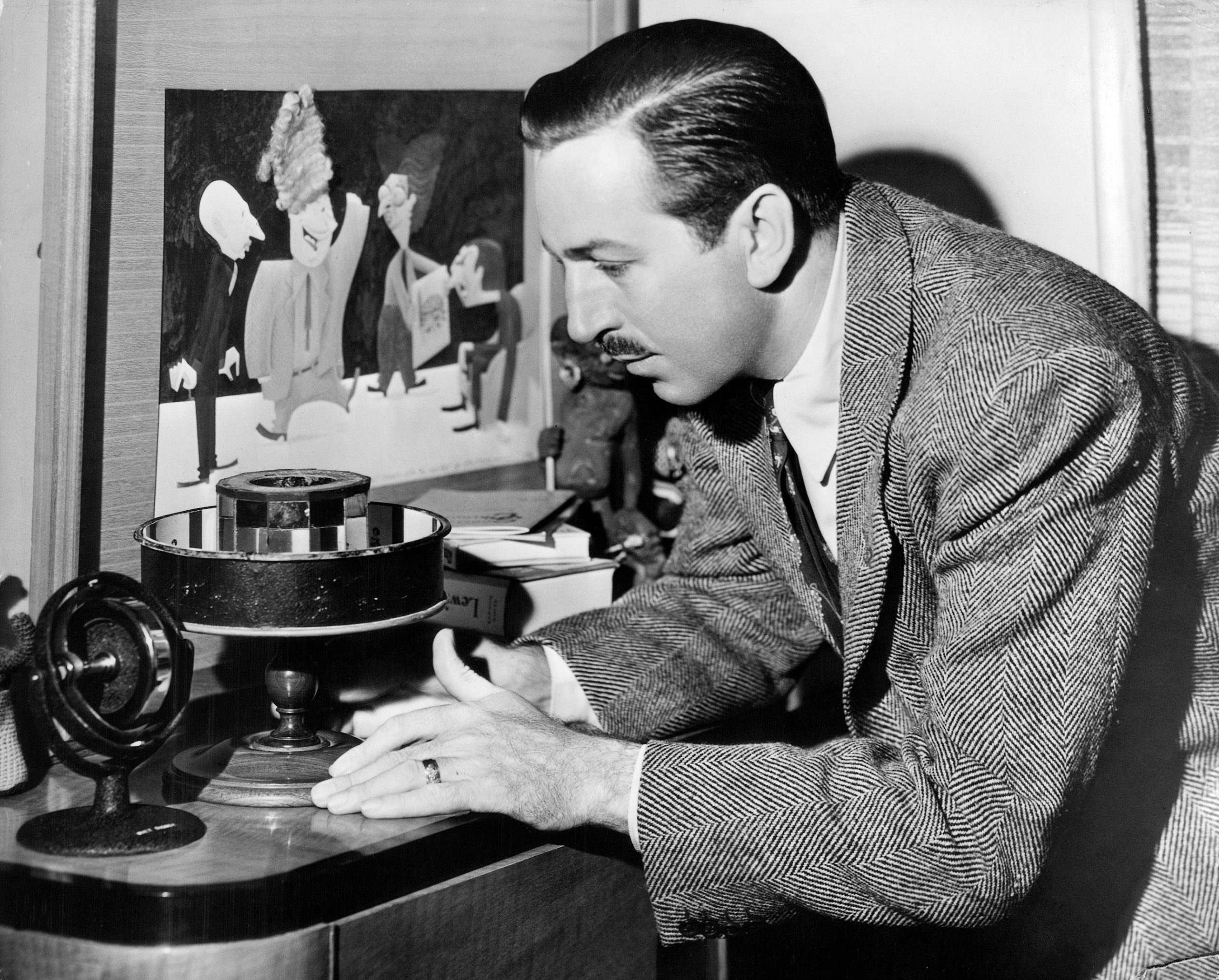
Most of the staff accused had simply advocated for unionising the Disney Animation department or had angered Walt Disney by going on strike.
[rtk_adunit_bottom]
He was also deeply sceptical of the Screen Actors Guild and was convinced that the organisation was full of communists.
15. He made staff call him Walt and refused to refer to colleagues by their surnames
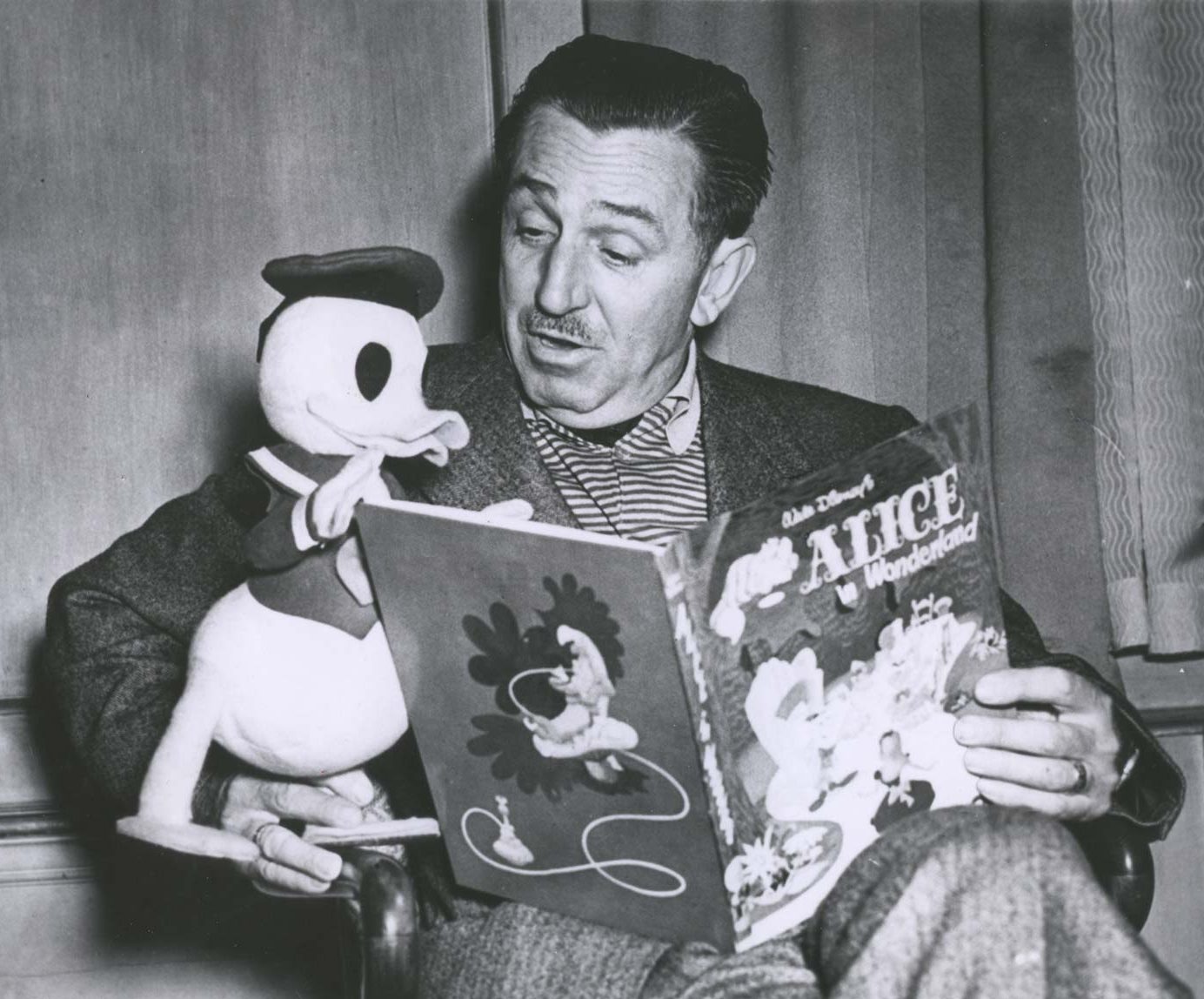
If you’ve ever been to a Disney store or theme park, you have probably noticed something about employees’ name tags.
[rtk_adunit_top]
Disney employees have two things on their name badge: their first name, and where they are from.
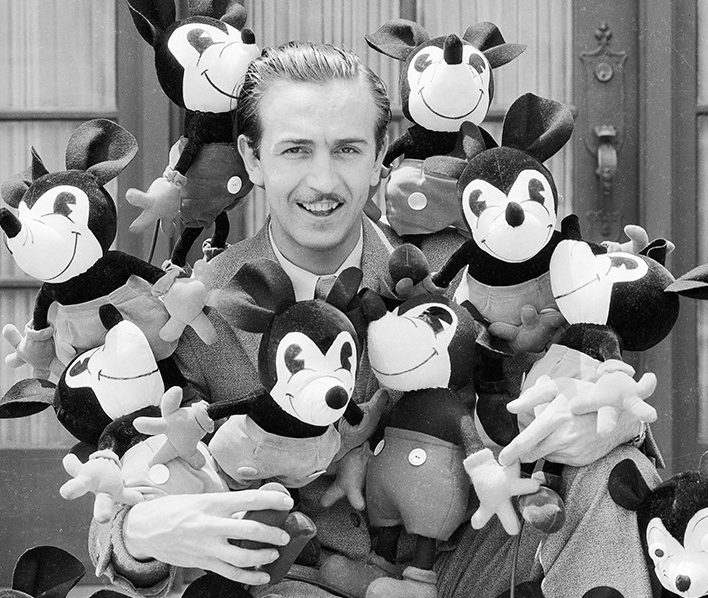
Their second name is never included, and this policy harkens all the way back to Walt Disney’s time.
[rtk_adunit_middle]
Disney allegedly hated to be referred to as Mr Disney, and instead asked all of his staff to call him Walt.
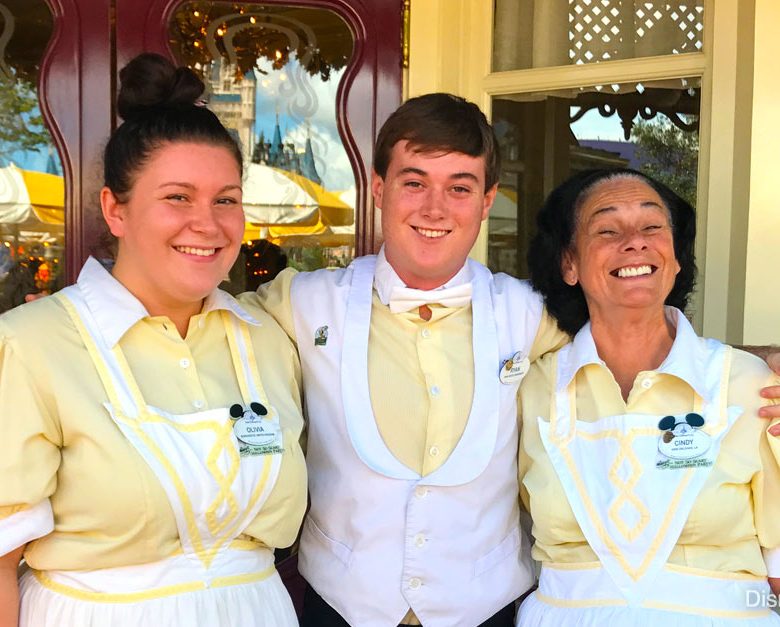
The first reason for this is that being called Mr Disney reminded him of his father, and the second was that he wanted his workplace to feel like a family.
[rtk_adunit_bottom]
Now as a rule all Disney workers go by their first names, in order to make them seem more approachable.
14. He holds the record for most Oscar wins and nominations

Many actors and directors have made reputations for themselves as Oscar darlings, by consistently having their work nominated for Academy Awards.
[rtk_adunit_top]
With that said, most of them have yet to come close to Walt Disney, who holds the record for the most wins and nominations.
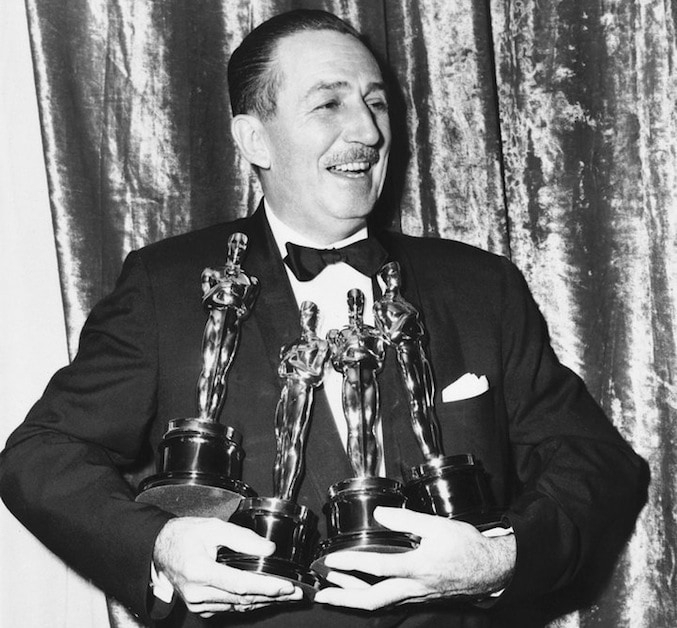
Between 1932 and 1969, Walt Disney picked up 59 Academy Award nominations and 22 wins.
[rtk_adunit_middle]
He even received a special recognition award from the Academy in 1939, presented to him by a very young Shirley Temple.
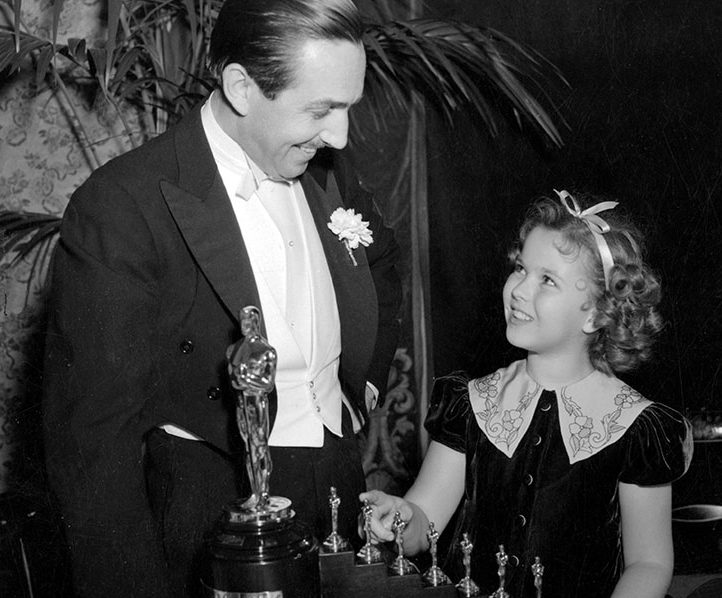
Disney was gifted a full-size Oscar along with seven little ones, to represent Snow White and the Seven Dwarves.
[rtk_adunit_bottom]
The statuette is now on display in the lobby of the Walt Disney Family Museum in San Francisco.
13. He had all old pictures of him smoking edited in order to create a pristine image of himself

Throughout his life, Walt Disney was obsessed with his legacy and wanted to leave behind a pristine image of himself.
[rtk_adunit_top]
Though he had many vices that he wasn’t proud of, such as drinking and smoking, Disney wanted to be a role model for those who looked up to him.
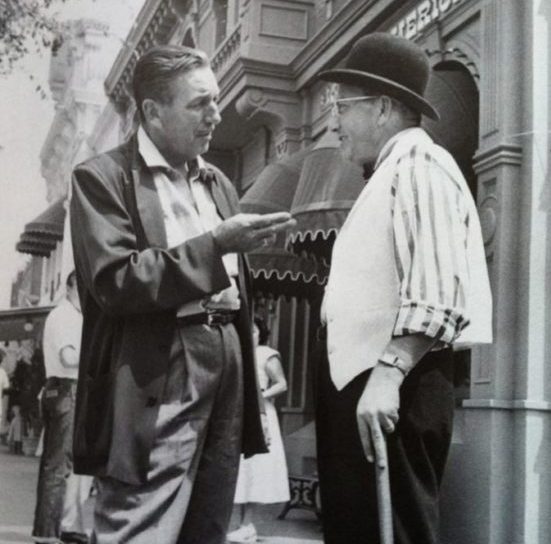
To that end, many of the photographs depicting him smoking have since been edited, and any portrayals of him in film avoid showing him smoking directly on-screen.
[rtk_adunit_middle]
Many have theorised that the iconic two-finger-point that Disney employees do is a reference to how Walt Disney would point with a cigarette in his hand.
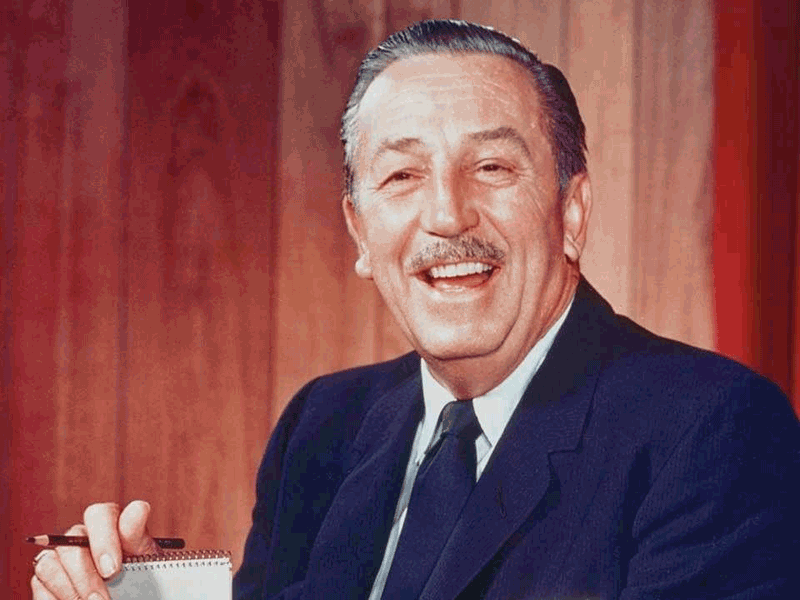
That said, the more likely explanation is that it’s just because pointing with one finger is seen as rude in some cultures.
[rtk_adunit_bottom]
Although Disney may have obliterated all photographic evidence of his smoking habit, stories of his penchant for chain-smoking and perpetual cough have survived.
12. He wanted EPCOT to be a real city where people would work, pay taxes and vote
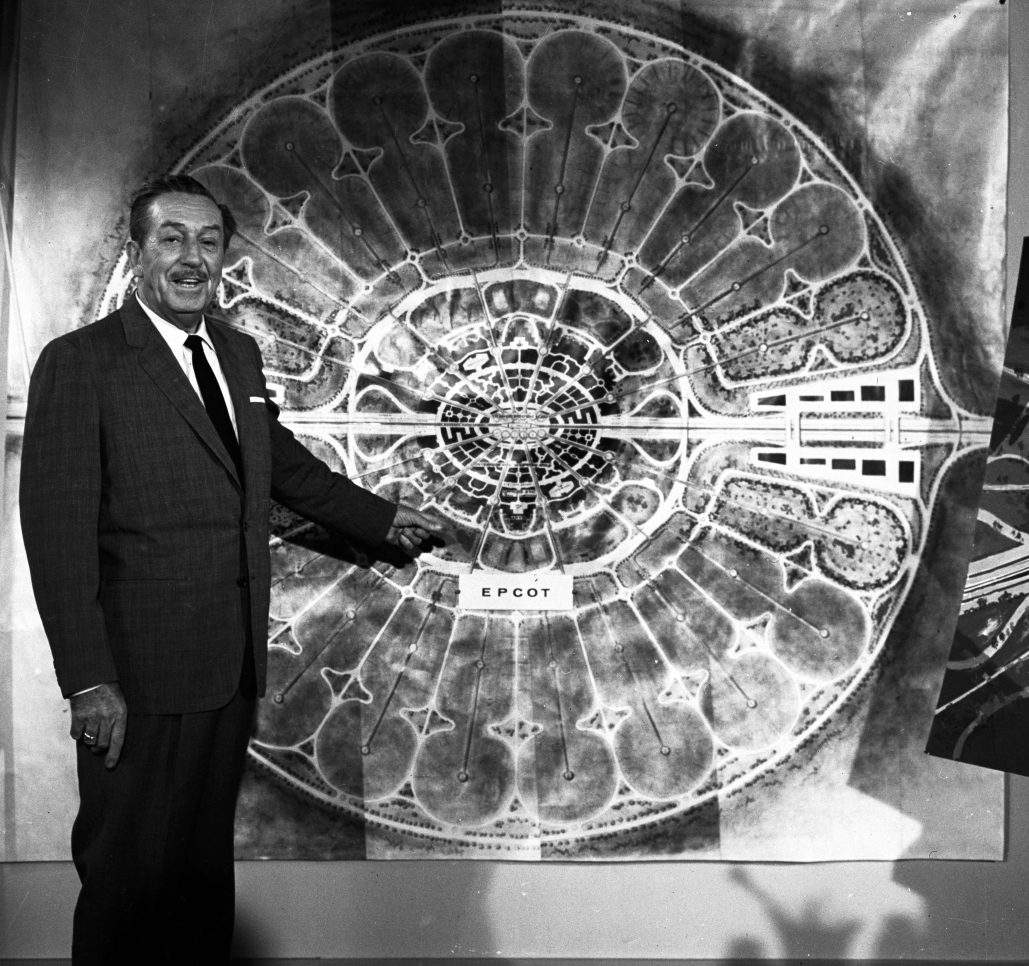
If you’re any kind of theme park buff, you’re probably aware of EPCOT, one of the parks you can visit at Walt Disney World.
[rtk_adunit_top]
If you’re a theme park expert, you might even already know that EPCOT actually stands for Experimental Prototype Community of Tomorrow.

What you may not be aware of is that while Walt Disney was alive, EPCOT was imagined as a real-life city.
[rtk_adunit_middle]
Disney envisaged EPCOT as a fully-functioning city where people could work, live, pay taxes and vote.

This idea was scrapped after Disney died, but a version of it lives on in Golden Oak, located at Disney World in Orlando, Florida.
[rtk_adunit_bottom]
Golden Oak is a luxury housing project owned by Disney that lets people live right next to the parks.
11. He banned his animators from fraternising with the largely female Ink and Paint department
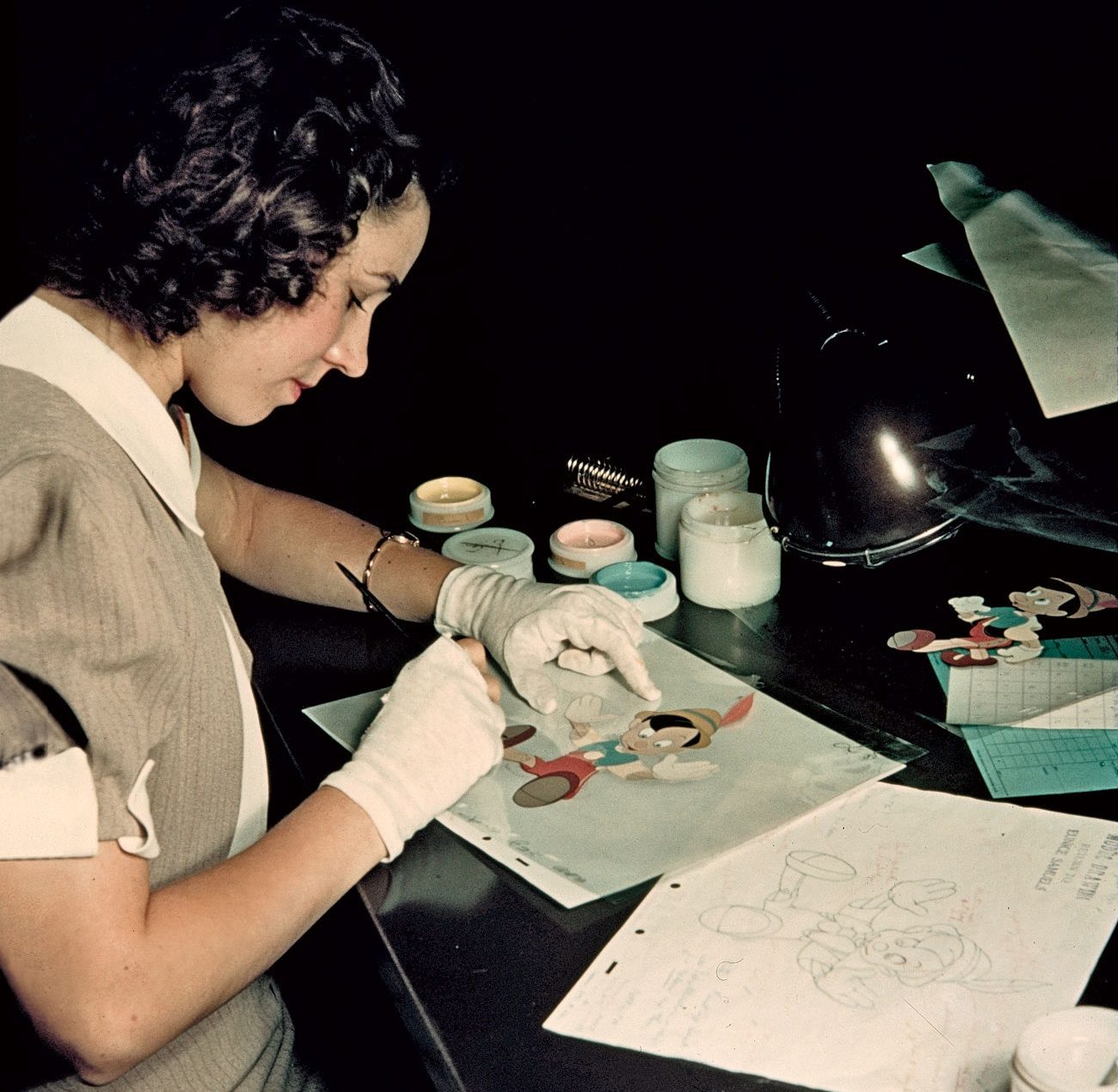
In the early days of the Walt Disney Company, animation was a very male-dominated industry.
[rtk_adunit_top]
Men would work in one department drawing the images, while the Ink and Paint department would colour them.

Most of the Ink and Paint department was made up of women, and there was a lot of ongoing flirtation between the two departments.
[rtk_adunit_middle]
According to the story of one Ink and Paint girl, as recounted in Vanity Fair in 2010, animators would waste their art supplies to flirt with their female co-workers.
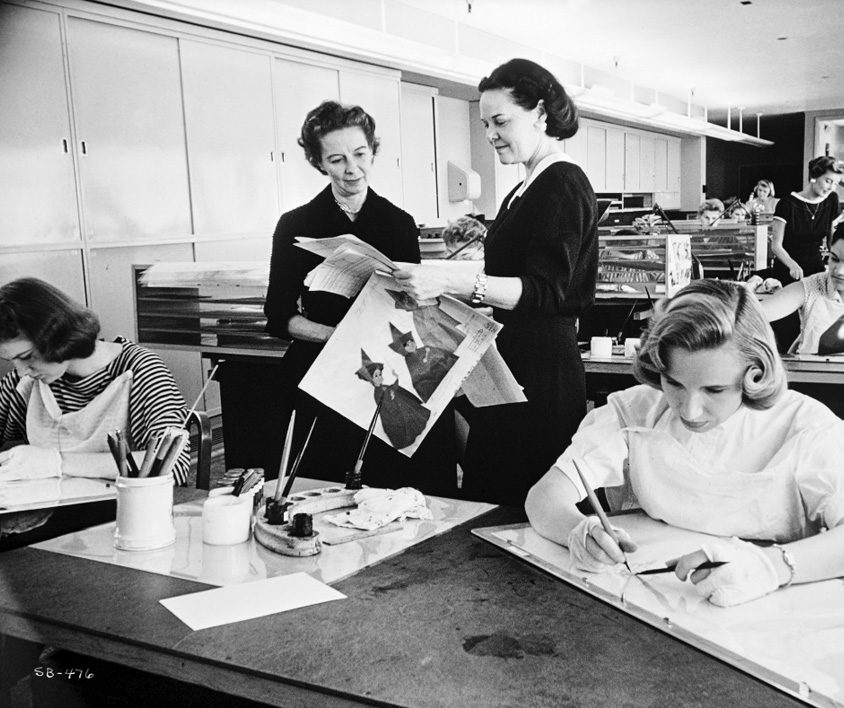
Apparently, animators would sometimes use “pink inter-office memos for love notes and animation paper for flirtatious drawings.”
[rtk_adunit_bottom]
This led to Walt Disney banning the animators from spending time with the ‘Ink and Paint girls’.
10. He is NOT cryogenically frozen underneath the Pirates of the Caribbean ride at Disneyland
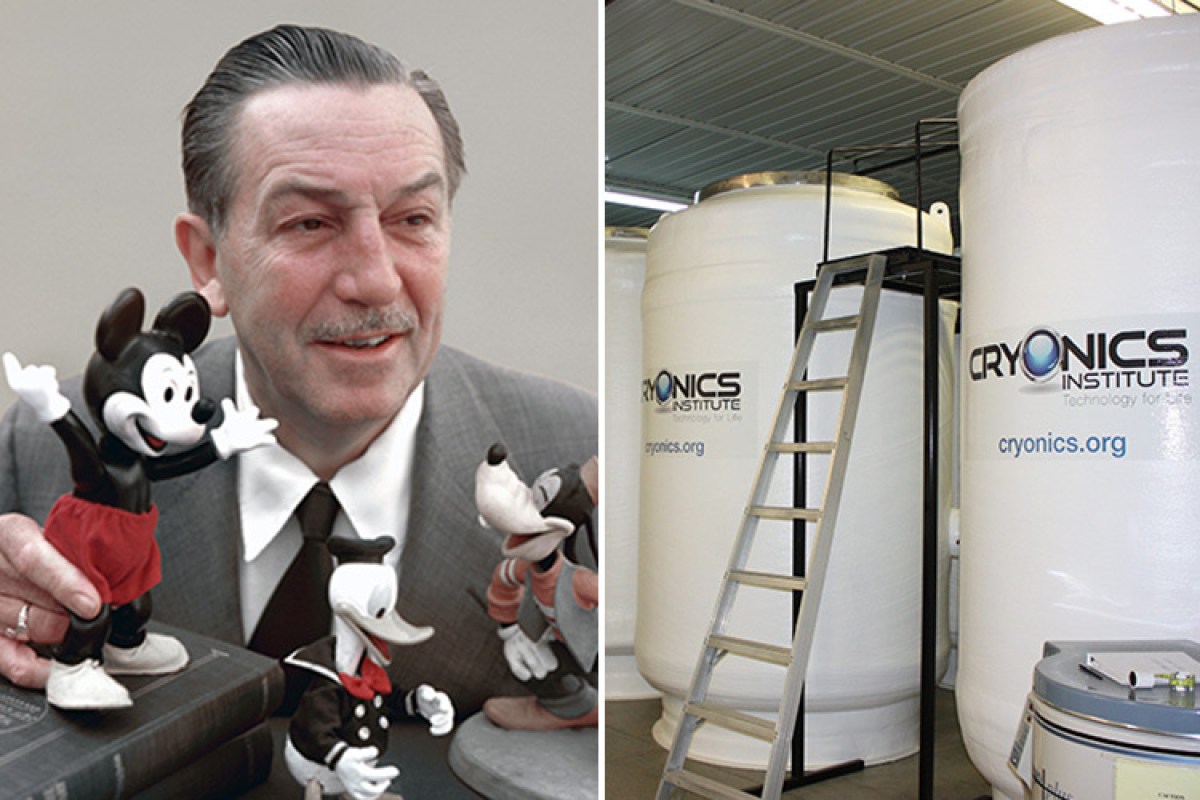
One of the most enduring pop culture urban legends has to be the theory that Walt Disney was cryogenically frozen after his death.
[rtk_adunit_top]
Some versions of the rumour claim that his body is kept underneath the Pirates of the Caribbean ride at Disneyland.
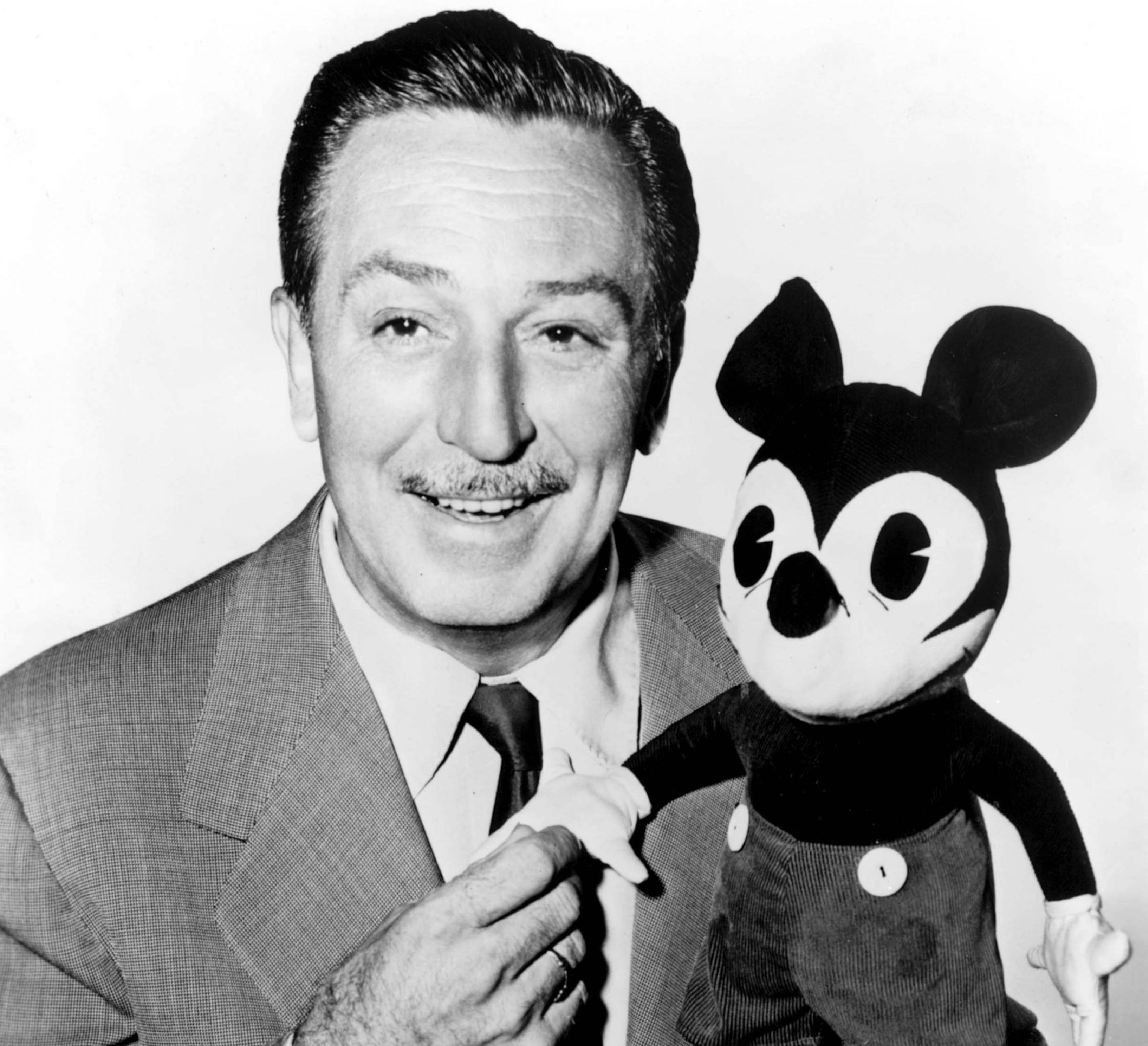
The rumour gained traction in early 1967, just a few weeks after Disney’s death in December 1966.
[rtk_adunit_middle]
A reporter from a tabloid newspaper claimed that he’d broken into the hospital where Disney was treated during his final days and had seen the deceased animator’s body kept in a cryogenic metal cylinder.

Aside from this wild story, there is no evidence to suggest that Disney was actually frozen. In fact, everything points to the contrary.
[rtk_adunit_bottom]
Disney’s daughter Diane publicly stated in 1972: “There is absolutely no truth that my father, Walt Disney, wished to be frozen. I doubt that my father had ever heard of cryonics.”
9. He dropped out of school and forged a birth certificate to serve in the army at 16

Disney dropped out of school when he was just 16 with a grand plan: to join the army and serve his country on the front lines of World War I.
[rtk_adunit_top]
However, Disney was a few months shy of the minimum age requirement of 17 back in 1918.
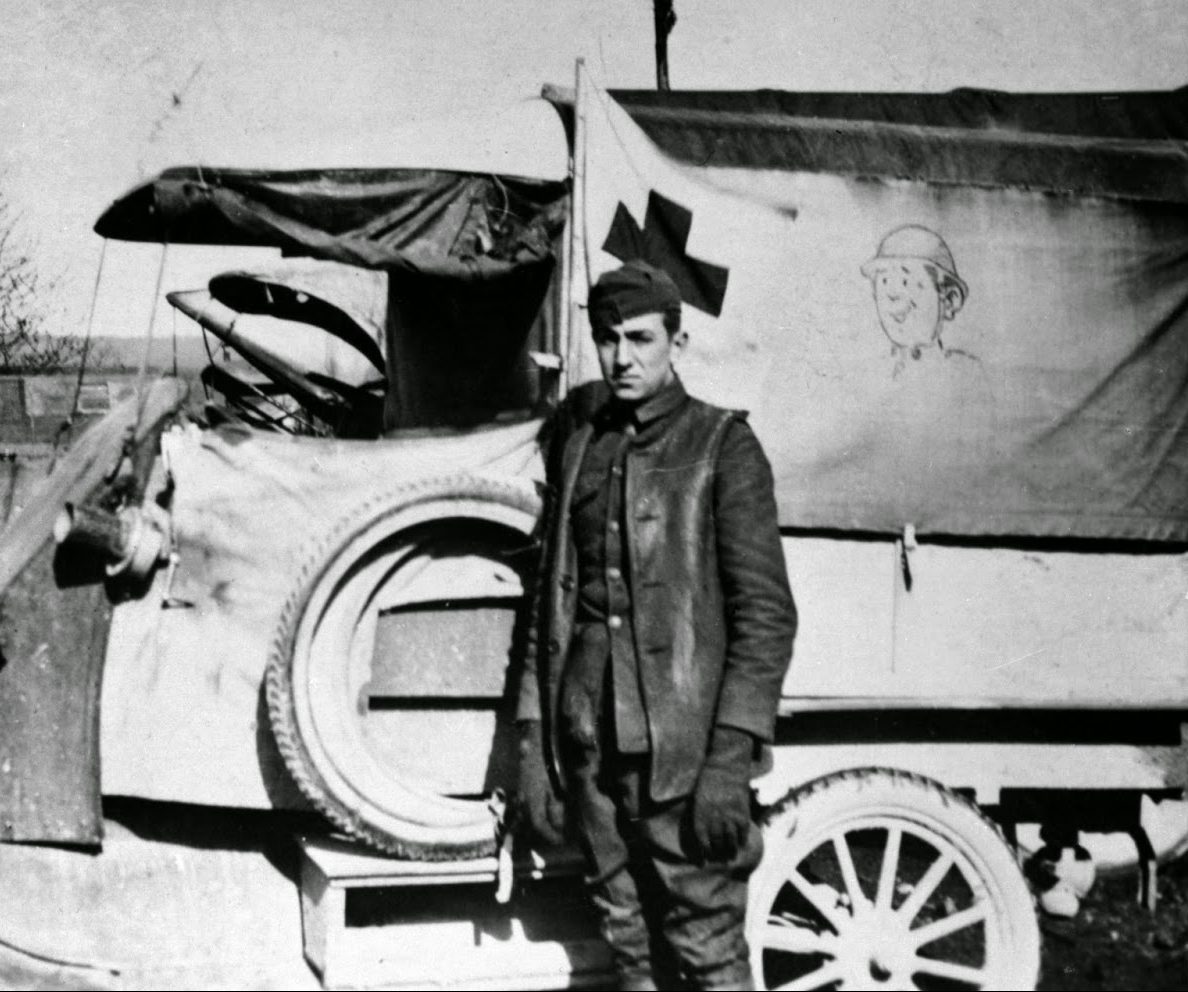
Not one to give up so easily, Disney doctored a birth certificate to make it look as though he was older than he actually was.
[rtk_adunit_middle]
It worked, and Disney was posted to France in late 1918. He didn’t see much action first-hand as he was sent as an ambulance driver for the Red Cross Ambulance Corps.
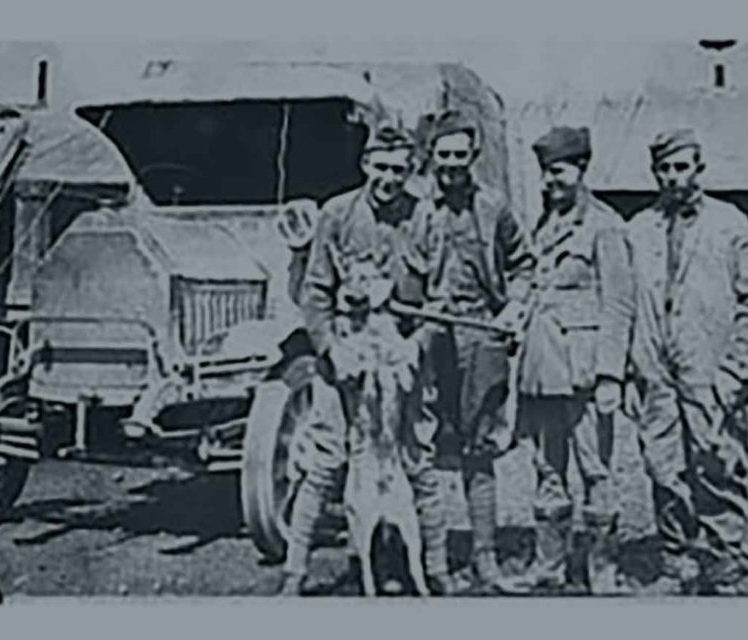
Not long after Disney arrived in France, the armistice was signed and the war was as good as over.
[rtk_adunit_bottom]
Disney helped out with any remaining duties before he was discharged in 1919 after just a few months of service.
8. He voiced Mickey Mouse himself

Mickey Mouse is one of the most identifiable cartoon characters ever – and this extends to his instantly recognisable voice.
[rtk_adunit_top]
What you might not realise is that Mickey was originally voiced by none other than Disney himself.
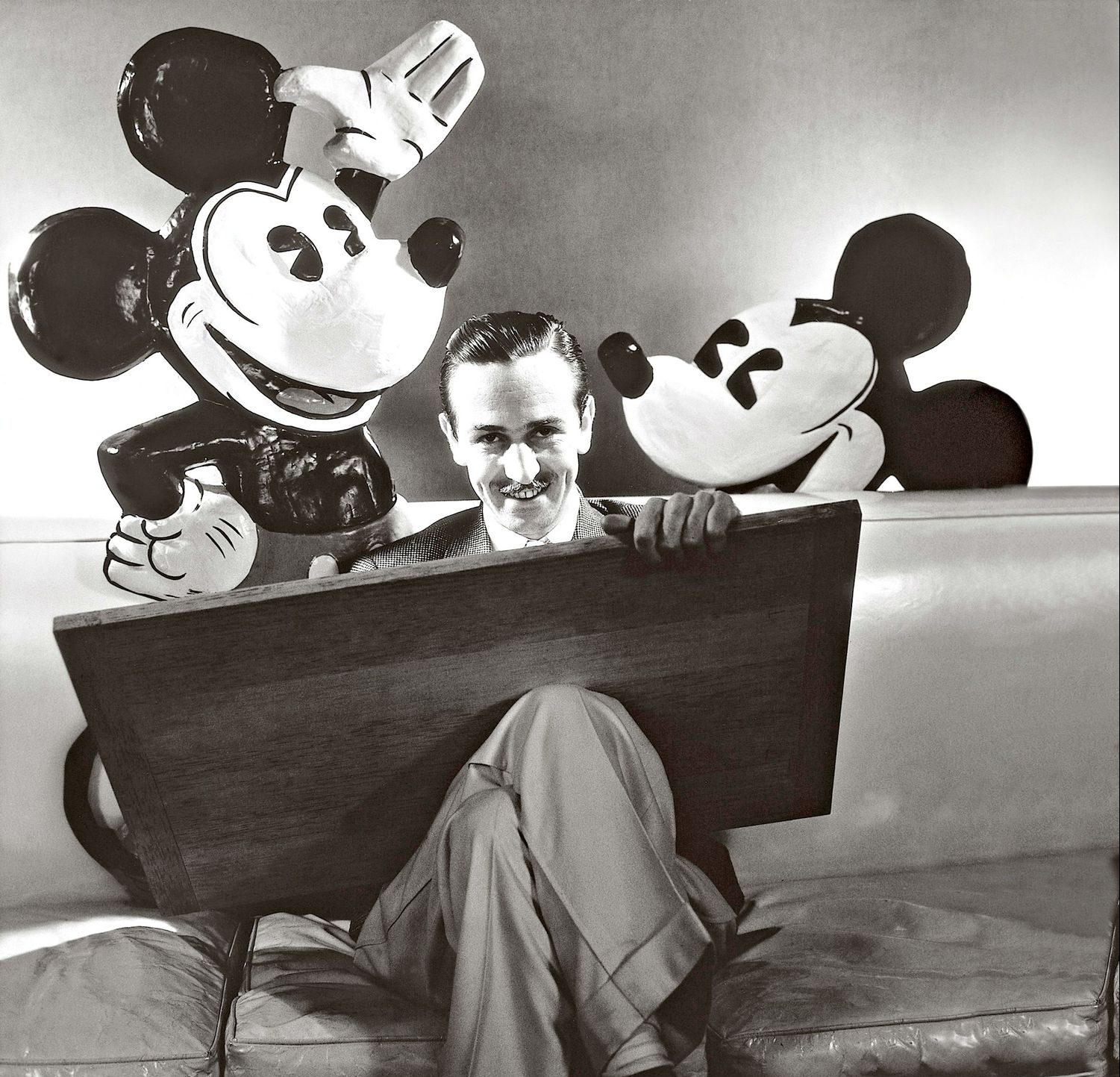
Mickey’s voice actor has changed quite a few times since the late 1940s, but all have modelled their performance on Disney’s original voice.
[rtk_adunit_middle]
Disney first appeared as Mickey Mouse in the short film Steamboat Willie, which was released in 1928.
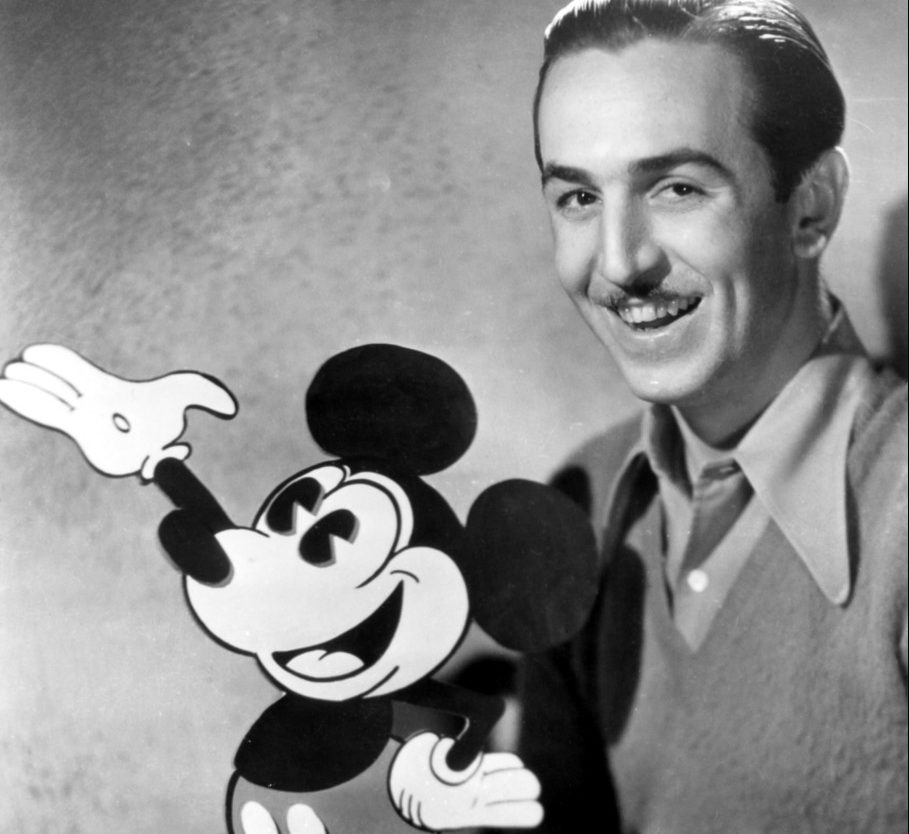
The role also marked Disney’s first credits for voice acting. He went on to voice Mickey until 1947.
[rtk_adunit_bottom]
As the Disney empire expanded, Disney was too busy to continue voicing his creation and so handed Mickey’s voice over to musician and actor Jimmy MacDonald.
7. His wife is responsible for coming up with the name Mickey Mouse

Before the mouse was named Mickey, he was Mortimer. Disney had as good as decided on the name when his wife stepped in.
[rtk_adunit_top]
Lillian Disney told her husband that Mortimer was too pompous a name for a children’s character.

And so she suggested the name Mickey, which both she and Disney agreed was a much more fitting name for the mouse.
[rtk_adunit_middle]
Disney and Lillian had met at the Walt Disney Studio in the early 1920s when she worked there as an ink and paint girl.

They married in 1925 at her brother’s home in Idaho. She wore a bridal gown that she had made herself.
[rtk_adunit_bottom]
They remained married until Disney’s death in 1966. Lillian went on to remarry in 1969.
6. He acted out the entirety of Snow White by himself to convince his team the idea would work

While animated films are commonplace now, back in 1937 Snow White and the Seven Dwarfs was the first ever feature-length animated movie to hit the silver screen.
[rtk_adunit_top]
As nothing like this had ever been done before, Disney had a tough time selling the idea to his team.
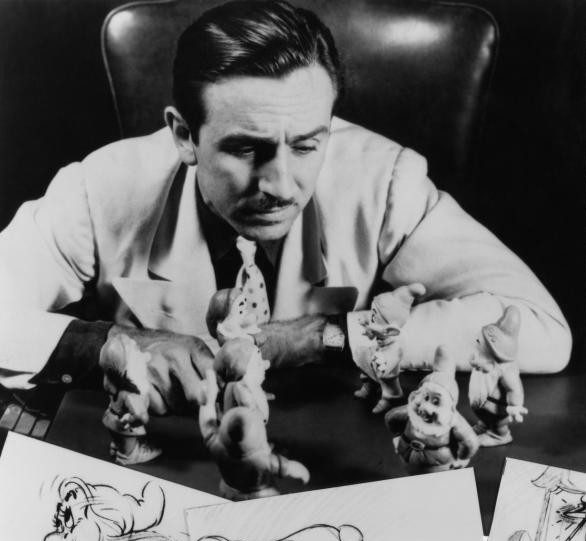
In order to convince his team that the idea of a feature-length animated film was a good idea, he gathered everyone and acted out the entire film by himself.
[rtk_adunit_middle]
He performed each character with gusto and thankfully it was enough to persuade everyone present that Snow White could work.

It was a gamble, and producing the film was met with numerous setbacks – not least the issue of costs spiralling out of control.
[rtk_adunit_bottom]
But on December 21, 1937, Snow White and the Seven Dwarfs was released to great acclaim. “We had been heavily in debt and within six months, we had millions in the bank,” Disney said.
5. He felt responsible for his mother’s death – hence the recurring theme of absent mothers in his work
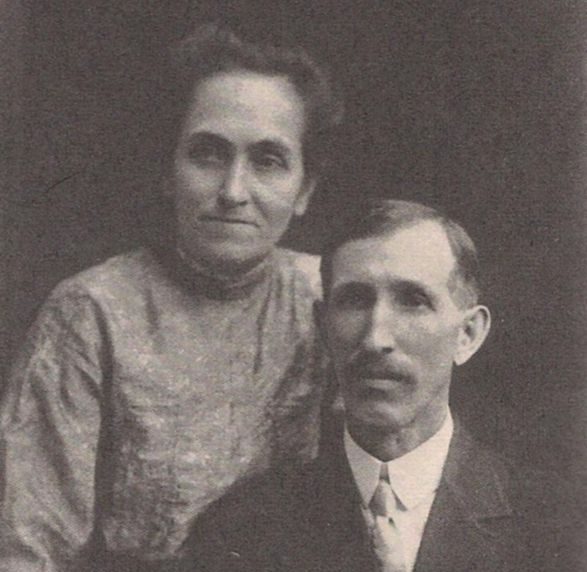
You might have noticed that mother figures either a) are absent or b) suffer an untimely death in a lot of Disney films.
[rtk_adunit_top]
Far from a meaningless coincidence, there’s actually a heartbreaking real-life reason behind this recurring theme.
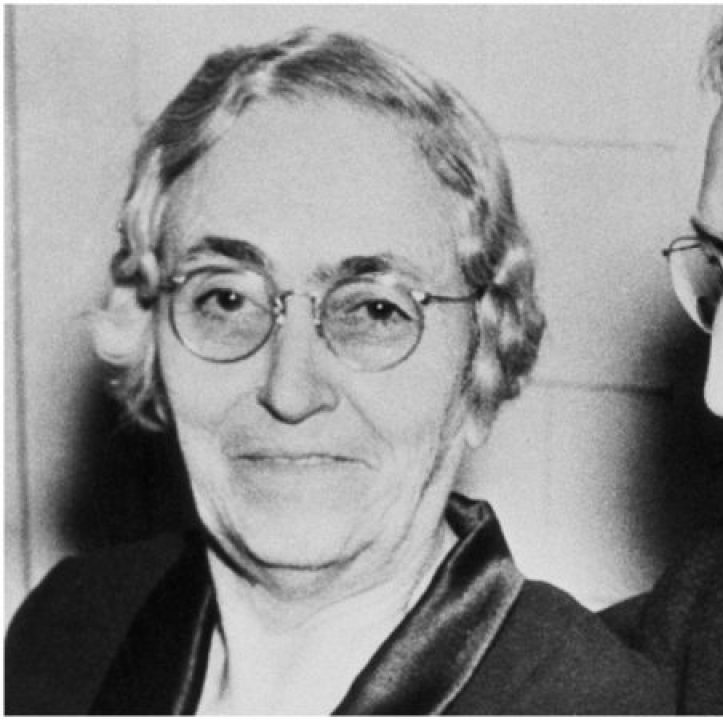
As any good son would, Disney bought a house for his parents once he’d hit the big time.
[rtk_adunit_middle]
His parents were having some issues with a furnace in the house, and so Disney assured them that he’d sort it out.
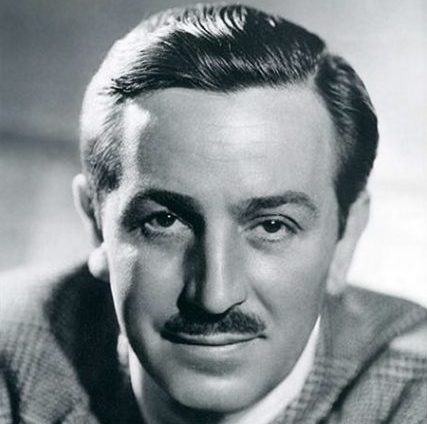
He sent over some of his studio employees to fix the problem, but they botched the job.
[rtk_adunit_bottom]
As a result, Disney’s mother died from carbon monoxide poisoning. Disney was deeply affected by the tragedy, although he never spoke about it publicly.
4. He brought live animals into the studio to help the animators create Bambi
Bambi is such a moving film in part because the animals featured really do move like real creatures.
[rtk_adunit_top]
Take the scene where Thumper leads Bambi onto a frozen lake – the way Bambi struggles to balance perfectly captures what an actual long-legged deer would look like on ice.
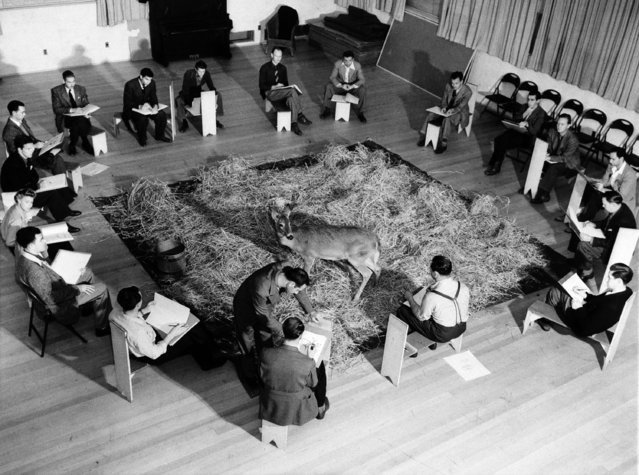
Disney went the extra mile when it came to making the animals look as real and authentic as possible on screen.
[rtk_adunit_middle]
In order to help his animators strike a balance between making Bambi look cartoonish while also realistic, Disney brought live deers into the studio.

Disney had his animators observe the animals and then draw them so that they could get to grips with the anatomy of a deer.
[rtk_adunit_bottom]
It seems to have worked, as despite being a cartoon, Bambi’s mannerisms are definitely reminiscent of real deer.
3. A lamp in his old Disneyland apartment is always left on in his honour
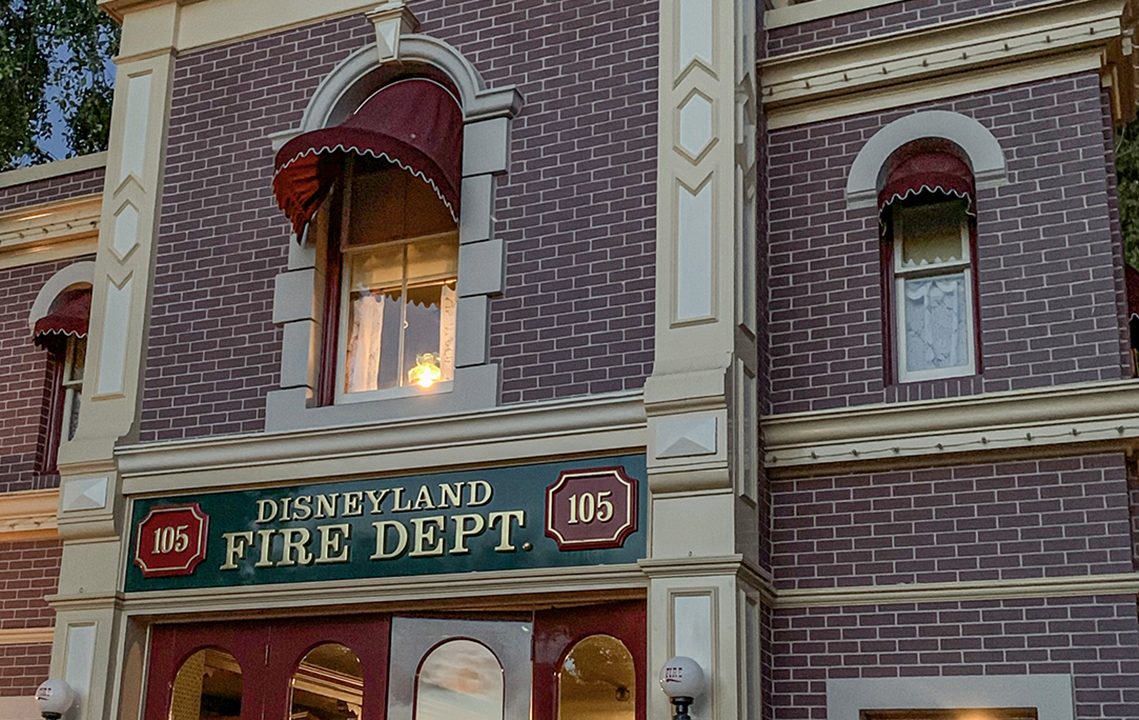
While Disneyland was being constructed, Disney moved into an apartment on-site so that he could keep an eye on the park’s progress.
[rtk_adunit_top]
The apartment still exists and can be located above the theme park’s fire station on Main Street USA.
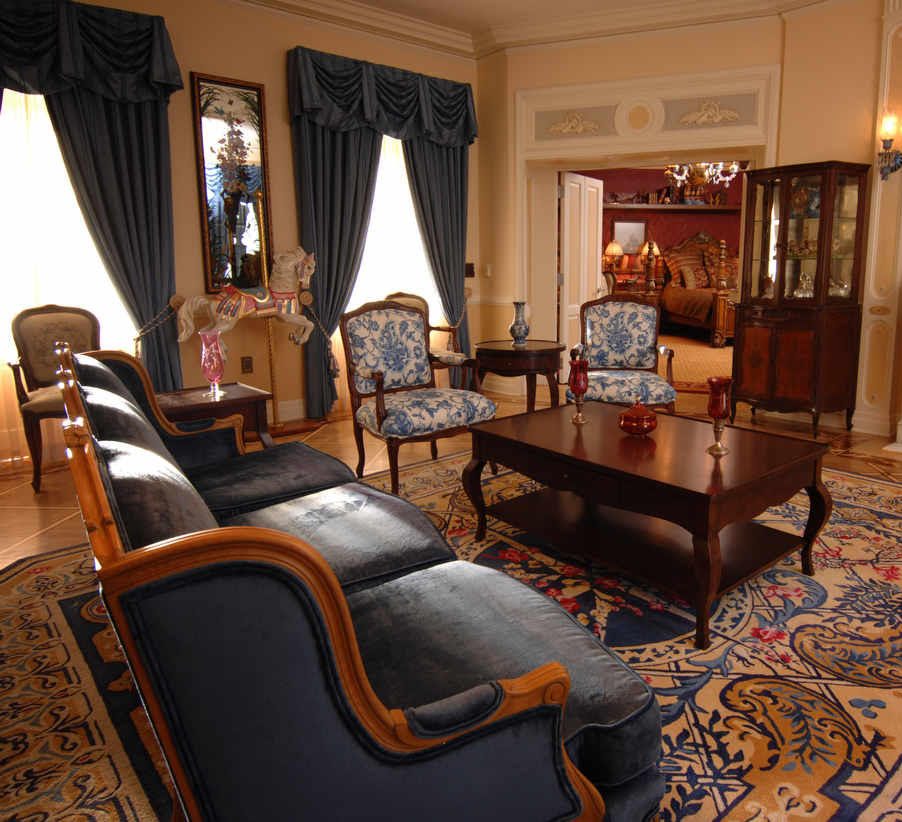
Disney watched the grand opening of Disneyland from his apartment window and shed a tear as he watched his biggest dream realised.
[rtk_adunit_middle]
The interior has been left basically untouched since Disney lived there in the 1950s. Notably, one of his old lamps sits in the window of the apartment.
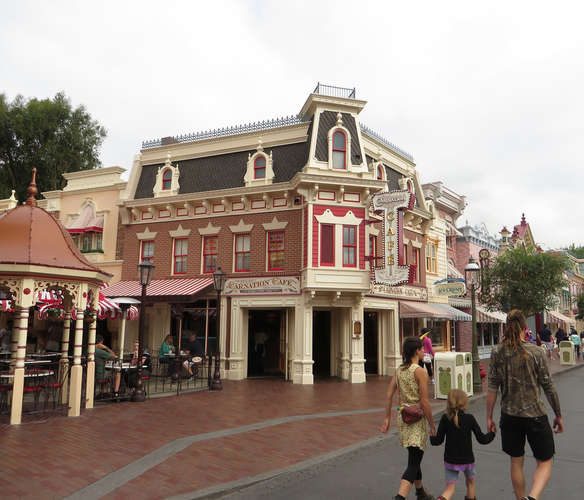
While the apartment isn’t generally open to the public, visitors to the park can view the lamp from Main Street.
[rtk_adunit_bottom]
The lamp is perpetually left on to symbolise the fact that the late Disney’s spirit is always present in the park.
2. He nearly ended up as a vacuum cleaner salesman
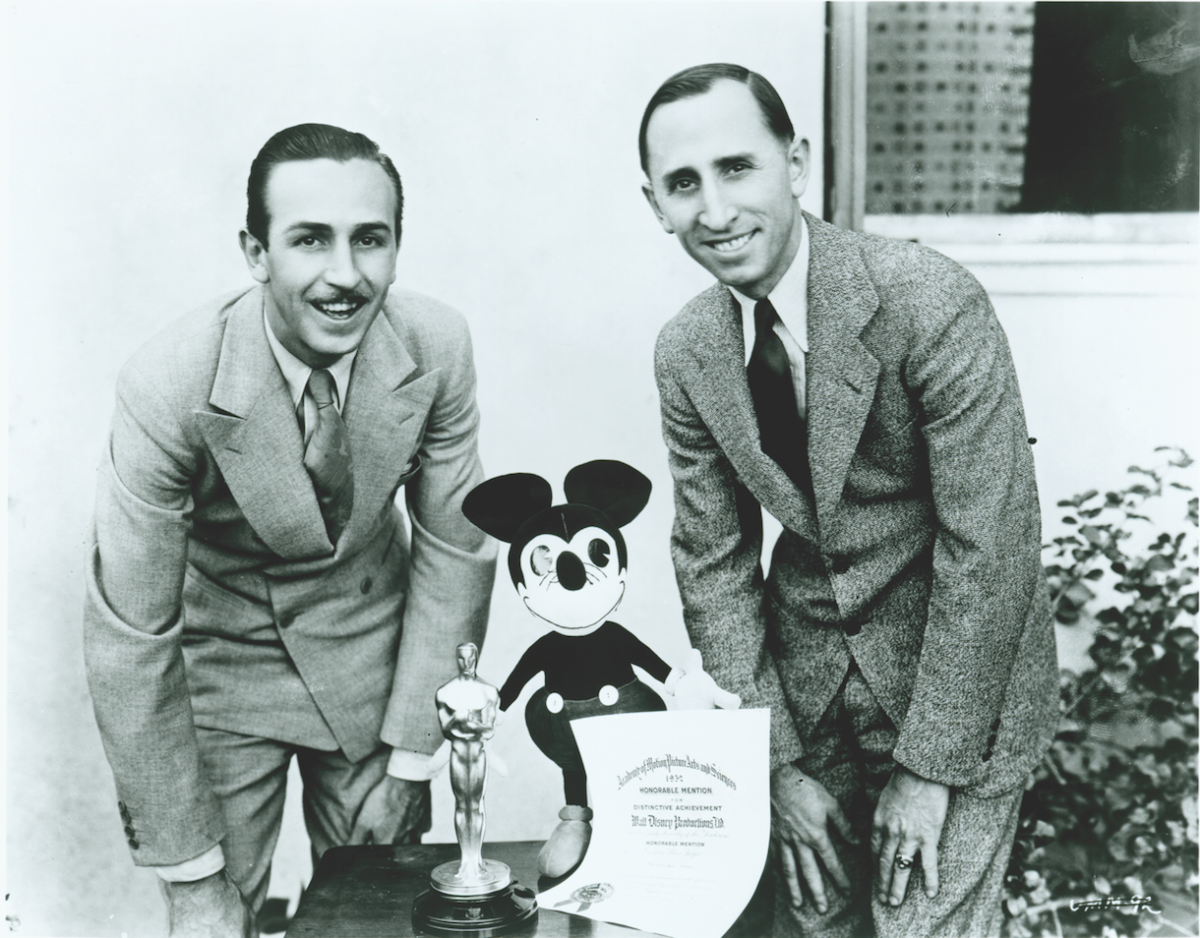
Disney’s brother Roy kicked off his working life by working as a door-to-door vacuum cleaner salesman.
[rtk_adunit_top]
Roy was living in Los Angeles when younger brother Walt moved up to try and build a career drawing cartoons.
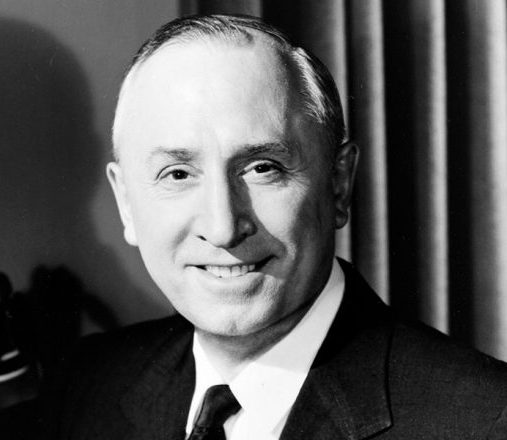
Roy suggested that Walt pack in his dreams of making it as a cartoonist and make a start with selling vacuum cleaners.
[rtk_adunit_middle]
Walt considered the advice and was on the brink of pivoting to a career in sales when thankfully fate intervened.

A cartoon distributor named Margaret Winkler got in touch with Disney about a pitch he’d sent in titled Alice in Cartoon Land.
[rtk_adunit_bottom]
Winkler loved the concept and agreed to produce 12 shorts with Disney for $1500 each.
1. Exclusive filming rights meant Disney was the only animator allowed to use Technicolor up until 1936
Disney always seemed to be leaps and bounds ahead of the other animators of his time.
[rtk_adunit_top]
This was partly because the cartoonist had a two-year contract with Technicolor that gave him exclusive filming rights to the three-strip Technicolor system.
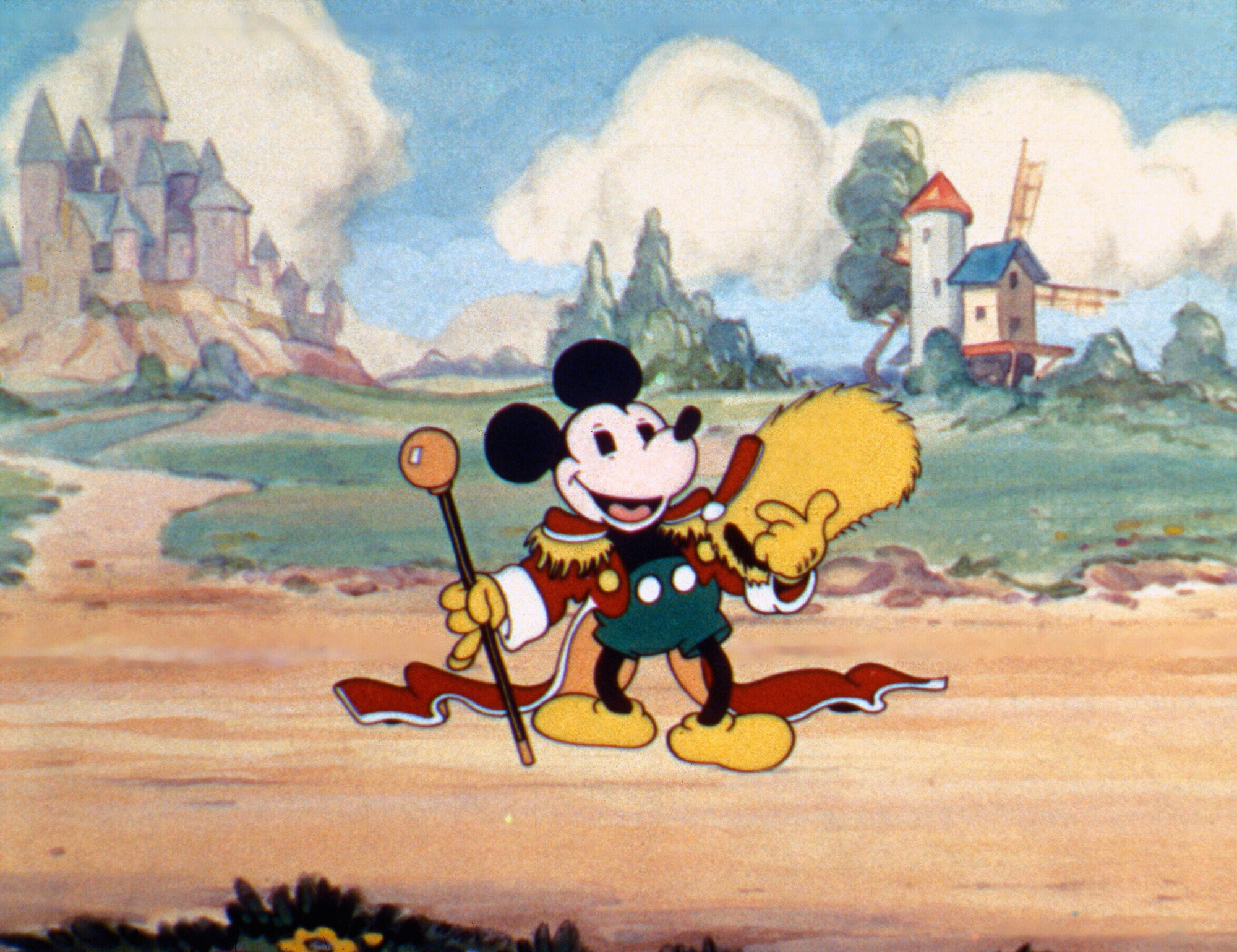
Essentially, this meant that no one else had the rights to release a film using the three-strip system until 1936.
[rtk_adunit_middle]
Flowers and Trees, released in 1932, was the first commercially released film that was produced using the three-strip Technicolor process.

Developing the film drained Disney of a lot of cash, but the profits certainly made up for it. The film was a raging success.
Following the success of Flowers and Trees, Disney produced every subsequent Silly Symphonies cartoon in three-strip Technicolor.
[rtk_adunit_end]

